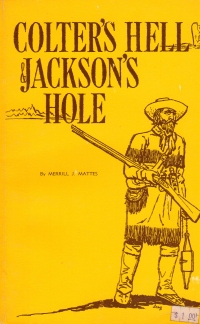 I had seen plenty of copies of this book locally (or at least I saw this particular copy of this book often enough at Redeemed Books), so I assumed that the Colter’s Hell and Jackson’s Hole were local landmarks. Of course, gentle reader, you probably already know what I did not when I picked up this book: These are parts of Yellowstone National Park, and this book was a souvenir to visitors to that location. I guess it was really popular a generation ago when people went places on vacations. Do people still do this? I dunno.
I had seen plenty of copies of this book locally (or at least I saw this particular copy of this book often enough at Redeemed Books), so I assumed that the Colter’s Hell and Jackson’s Hole were local landmarks. Of course, gentle reader, you probably already know what I did not when I picked up this book: These are parts of Yellowstone National Park, and this book was a souvenir to visitors to that location. I guess it was really popular a generation ago when people went places on vacations. Do people still do this? I dunno.
At any rate, the book is a history of the region in its fur trapping days in the early part of the 19th century. Unfortunately, the material is presented as a kind of brain dump of source material. Although the author collects a lot of information from trappers’ diaries and other primary sources, the author presents it in a non-narrative fashion, skipping ahead and backwards in time as he follows a trapper or whatnot for a couple of paragraphs, and then suddenly we’re a year or so back in the past. And the copious material is dumped in without a particular readability. So it’s an academic-minded book offered to civilians, which might explain why so many are available used. But not my copy, of course.
It’s the second tourist pick-up book I’ve read recently (Hearst Castle the other), and it did make me want to visit Yellowstone (but not during a government shutdown, whose antics have made me less eager to visit the location).
And the strangest takeaway from this book: just the amount of time travel took in those days. You get people spending months bringing supplies up from St. Louis and annual meetings which are the only semblance of Western civilization the trappers encounter. How lonely it must have been out there, but how beautiful and, in the case of this region in particular with its hot springs, geysers, and whatnot, how fascinating.
Books mentioned in this review:



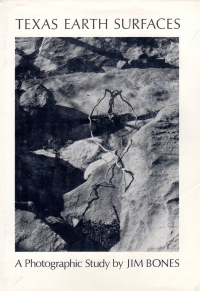
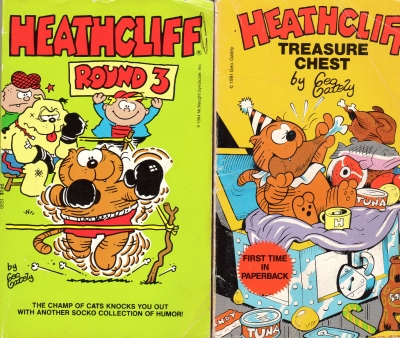
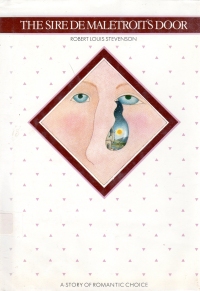
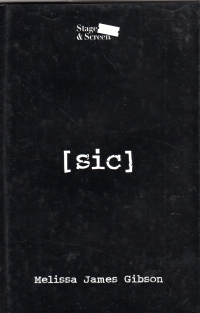
 This book report will dispell any illusions you might have had, gentle reader, that I have to actually read a book to count it as a book I’ve read over the course of a year (unless you remember
This book report will dispell any illusions you might have had, gentle reader, that I have to actually read a book to count it as a book I’ve read over the course of a year (unless you remember 
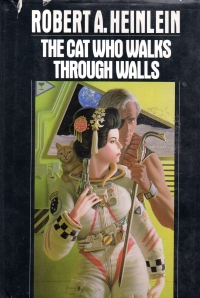
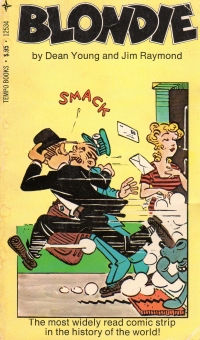
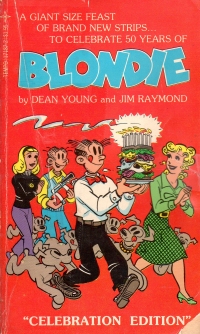

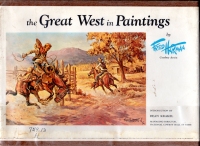

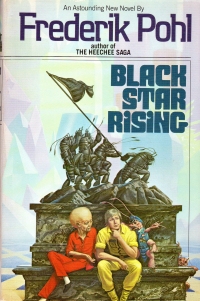
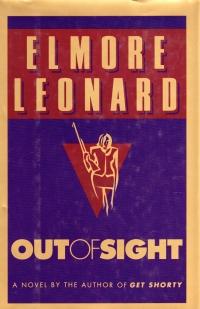

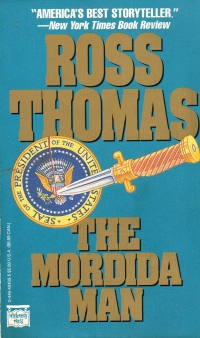
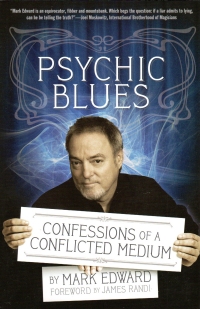
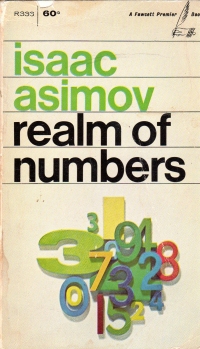
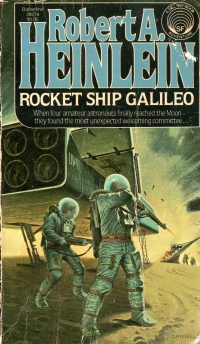
 I picked up this book at the local used bookstore in its local interest section, but it doesn’t seem to be available online even though Springfield is lousy with them. It was published by a local Christian theatre company, and its protagonist is a young pastor who takes over a church (that later becomes the playhouse of the theatre company) in 1925. On his walk from the train station to the boarding house where he’s staying, a hooded figure meets him on a footbridge and tells the new arrival that he will bring a child who needs help tomorrow night, and the pastor must help him. This is the phantom of the footbridge.
I picked up this book at the local used bookstore in its local interest section, but it doesn’t seem to be available online even though Springfield is lousy with them. It was published by a local Christian theatre company, and its protagonist is a young pastor who takes over a church (that later becomes the playhouse of the theatre company) in 1925. On his walk from the train station to the boarding house where he’s staying, a hooded figure meets him on a footbridge and tells the new arrival that he will bring a child who needs help tomorrow night, and the pastor must help him. This is the phantom of the footbridge.